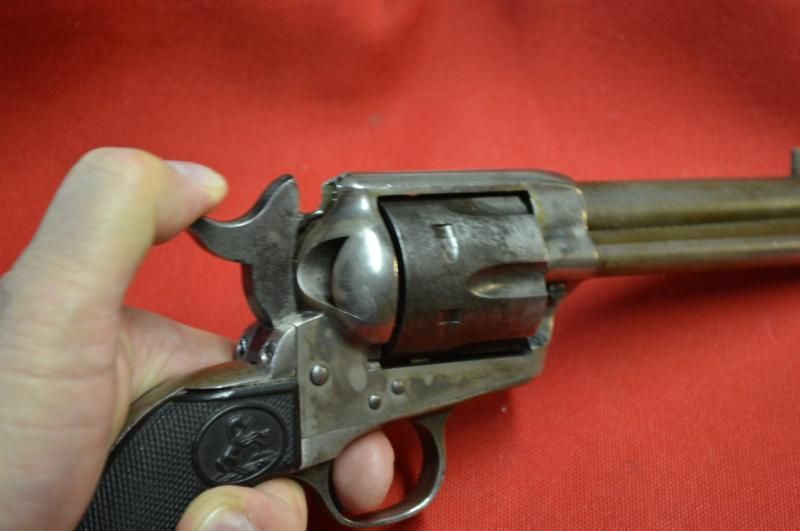Good Grief!
Some of you guys are overthinking this.
With your finger off the trigger, pull the hammer all the way back. It will travel back a little bit further than the full cock position.
Maintaining pressure on the hammer spur with your thumb, pull the trigger. As long as you maintain the same pressure on the hammer spur that you used to pull the hammer all the way back, the hammer will not fall.
Let up slightly with the pressure on your thumb to lower the hammer in a controlled fashion. Forget about letting go of the trigger, keep the trigger pressed back with your trigger finger.
Continue to lower the hammer, allowing your thumb to ride the hammer spur without losing control of the hammer.
That's all there is to it. Even though this is a single action revolver, the procedure is the same for a double action revolver. Forget about letting go of the trigger, that requires more motor skills. Just keep the trigger pressed back while you lower the hammer with your thumb. With a double action revolver, once the hammer is all the way down, release the trigger and it will pop to the forward postion.
Of course it is best to practice this with an unloaded gun before trying it with a loaded one. Do it over and over again until you feel you have control. Should take all of five minutes to master it.
By the way, I wouldn't dream of letting go of the trigger and then letting the hammer fly. Even with a modern double action revolver, it just doesn't make sense. Just control the hammer on the way down. Same with a transfer bar equipped Ruger. Just lower the hammer carefully.






